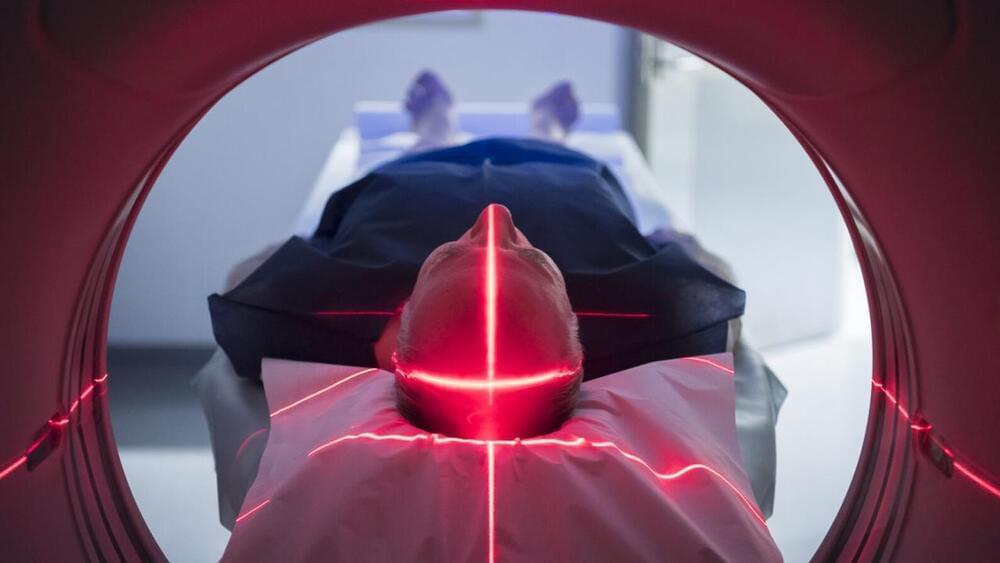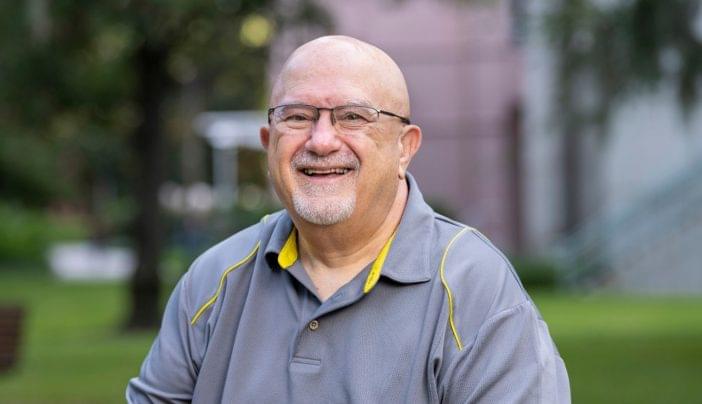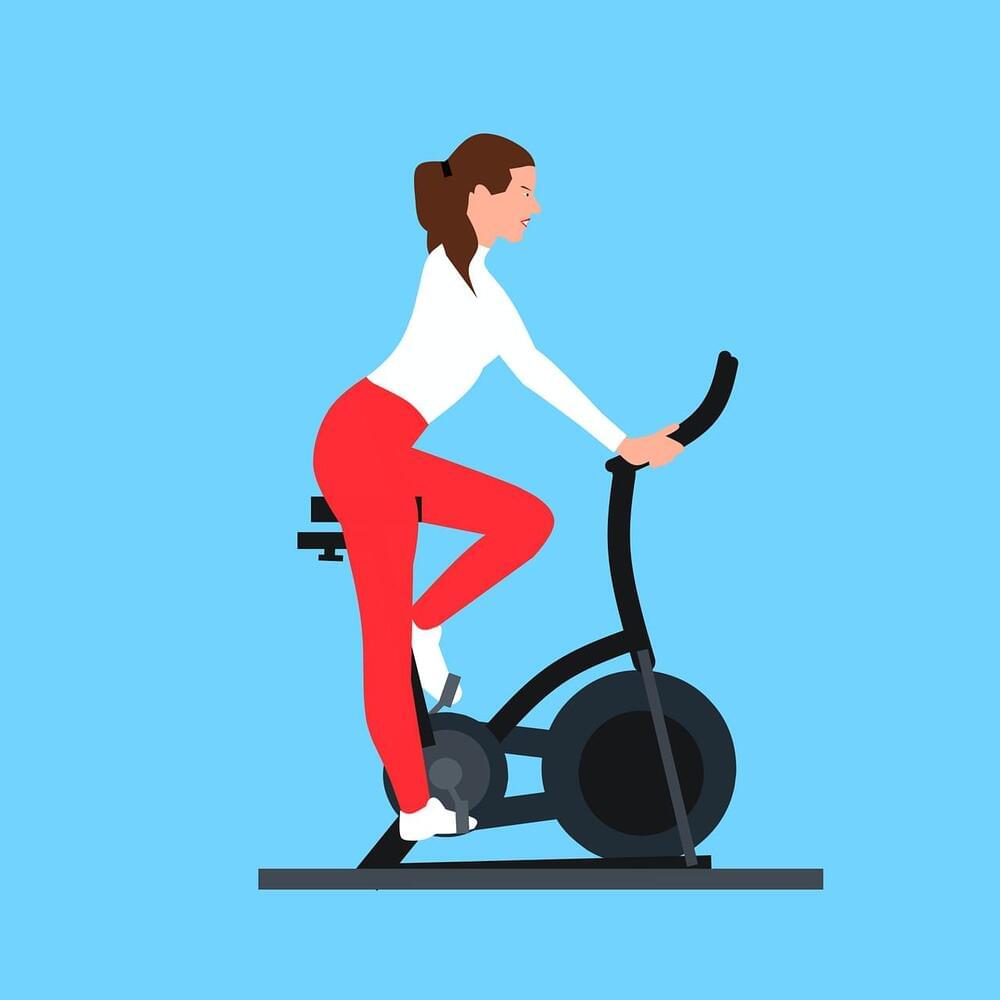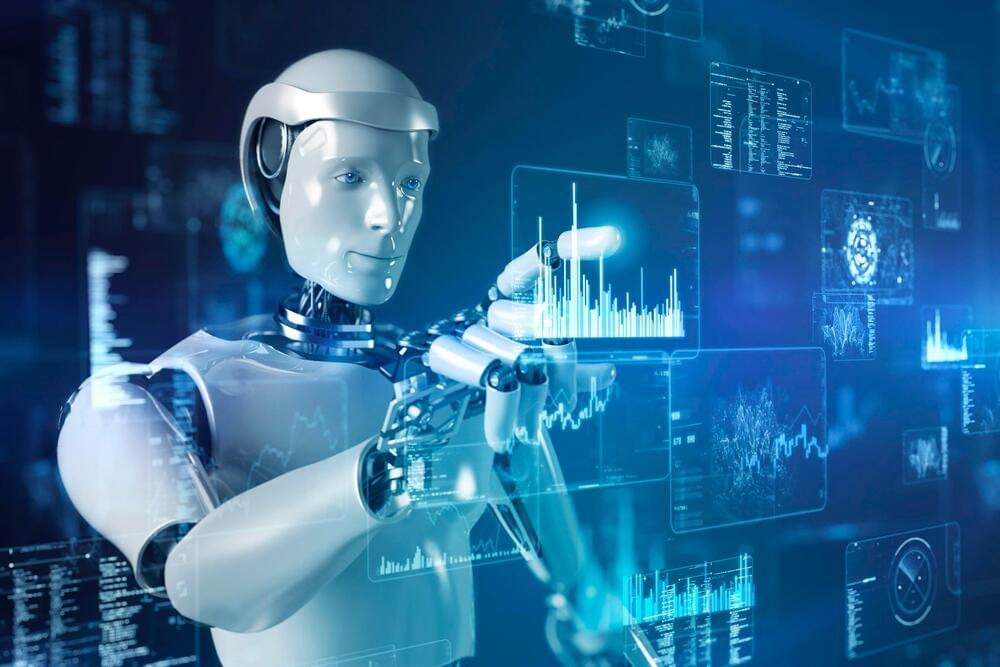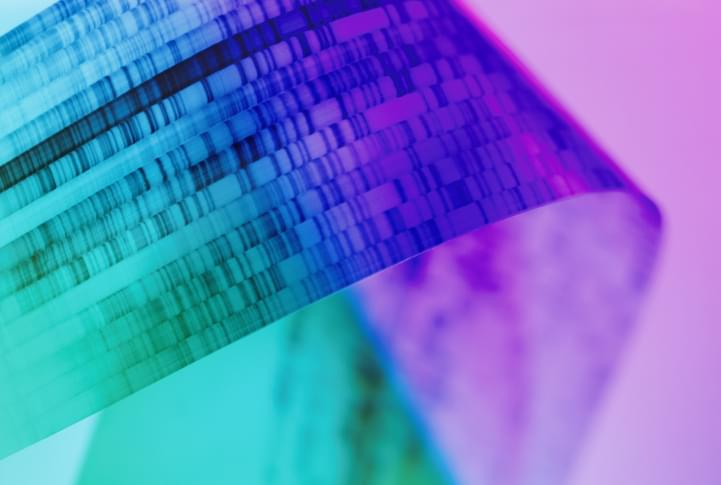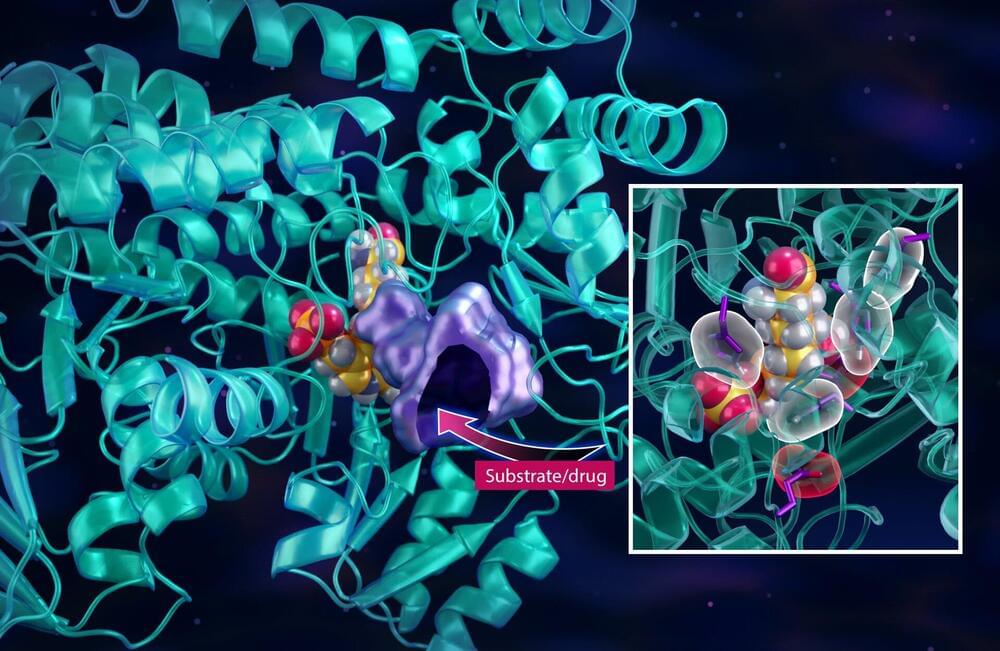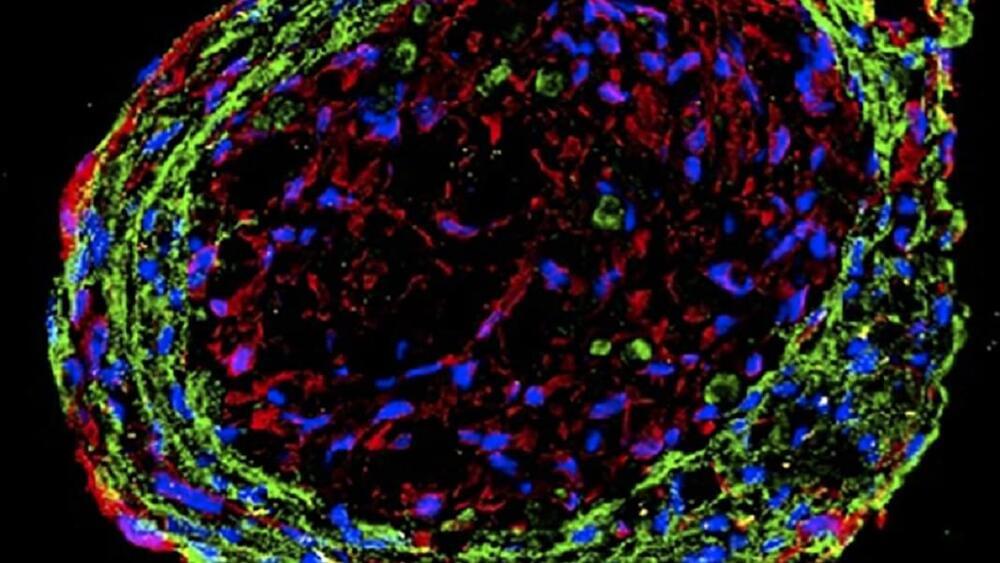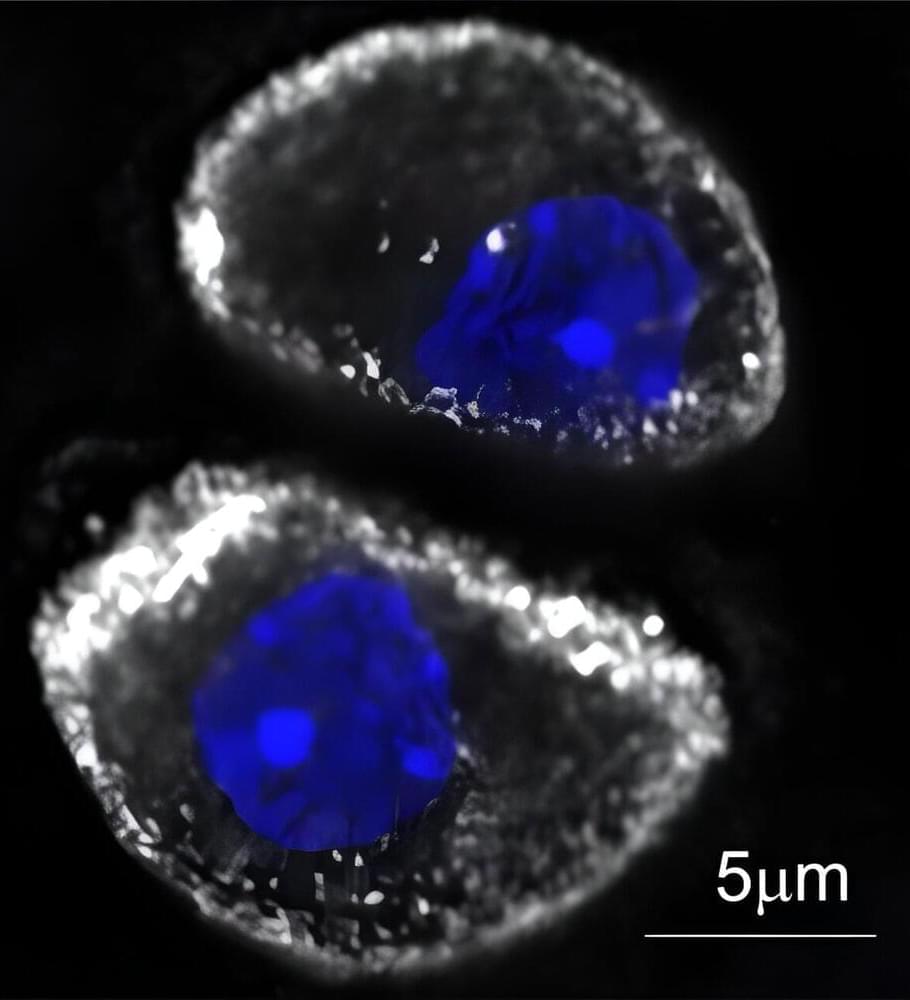The GDNF gene therapy is currently used to treat Parkinson’s disease but could now be a major breakthrough in substantially reducing alcohol use disorder. “Drinking went down to almost zero,” Grant told OHSU News. “For months on end, these animals would choose to drink water and just avoid drinking alcohol altogether. They decreased their drinking to the point that it was so low we didn’t record a blood-alcohol level.”
Grant and her team said in the study that the resounding efficacy of GDNF gene therapy is promising for those who struggle with alcohol use disorder, and believe it could be effective in treating other substance abuse disorders. However, the therapy treatment would not be widely accessible and with other options on the market, it should be used as a last resort form of treatment.

